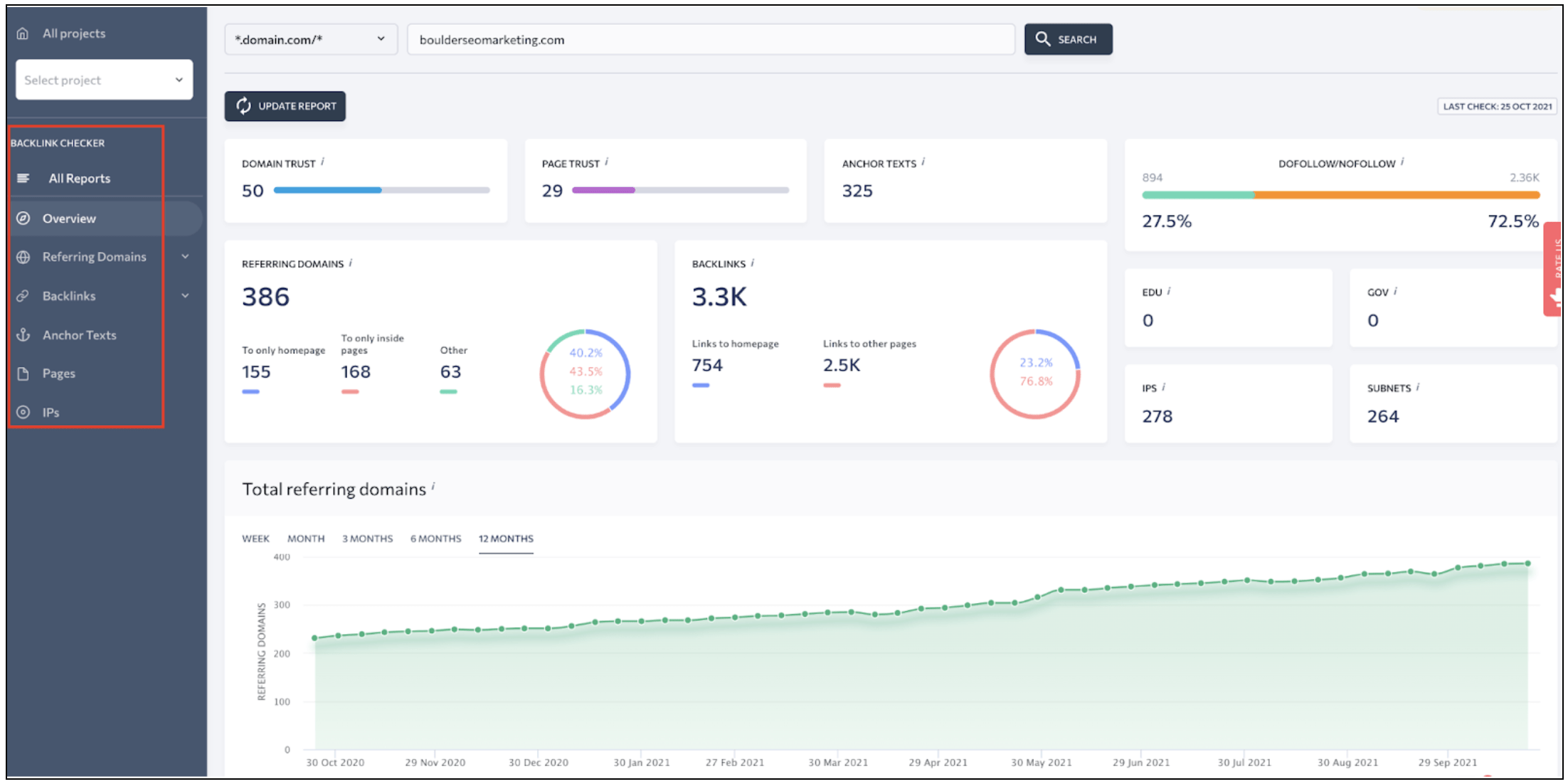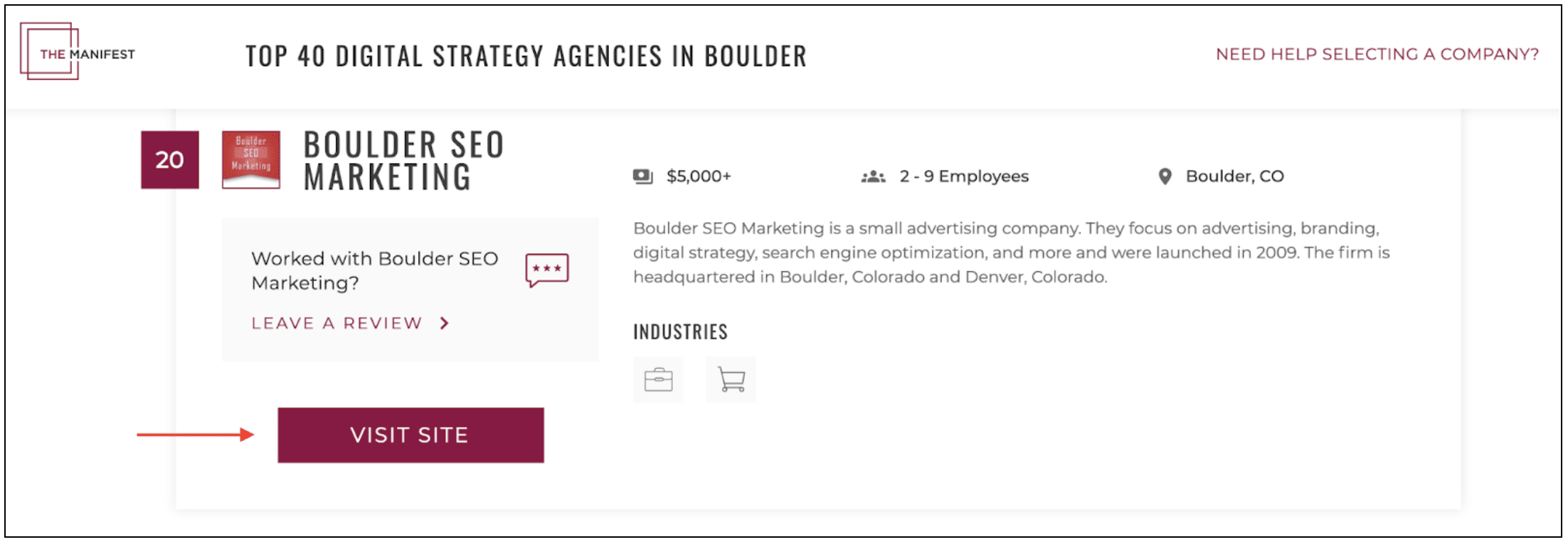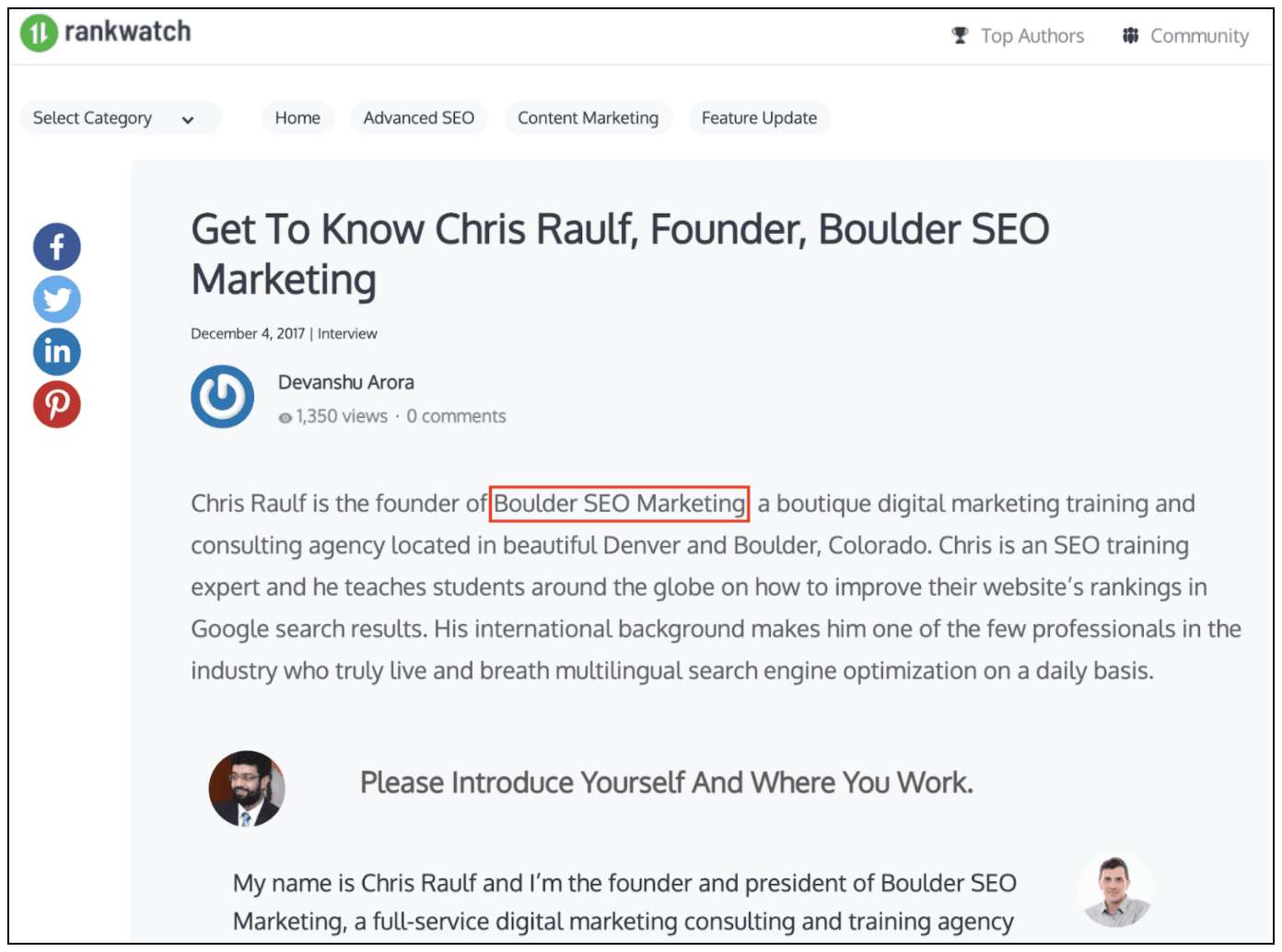Still paying for backlinks? Google pays close attention to your website’s link building strategy and will eventually penalize your site.
Since its humble beginnings, Google has used links to rank web pages. In fact, the quality—and quantity—of a page’s links was once the only ranking signal the search engine evaluated. While Google has since added more than 200 unique factors to its algorithm, links remain one of the most heavily weighted to this day.
If you currently work with an SEO agency, then you’re most likely aware that acquiring backlinks is part of the monthly SEO package that you’ve signed up for. But do you know how the agency acquires these backlinks for your website? I attended an SEO online roundtable discussion yesterday and was shocked to learn that many agencies still buy links for their customers. It’s against Google’s Webmaster Guidelines and will catch up with the website sooner than later.
Link building (or link earning as we prefer to say) takes time, resources, and knowledge, and yes, it’s still required in order to rank at the top in Google. In other words, every successful SEO strategy should include a link building component.
During a recent Lunch & Learn session, Chris Raulf, BSM’s founder & president, shared some of the most effective tactics to deploy nowadays. In this blog post, I’ll discuss a few easy-to-implement “white hat” strategies that can be implemented immediately.
What Is SEO Link Building?
At its core, link building is a simple concept. The goal is to get other websites to include hyperlinks within their own content that send visitors to your site. The more reputable the “linker,” the higher the “linkee” is going to rank.
If you’re wondering why Google values links so much, you’re going to have to travel back 25 years—before the search engine behemoth was even established.
In 1996, Larry Page and Sergey Brin were researching at Stanford University when they developed an algorithm called PageRank. The system was based on Brin’s belief that search engines should rank web pages according to the number of other websites that are linked to them.
Page and Brin published a paper on their project in 1998, and Google Inc. was founded shortly thereafter. While the mother of all search engines has evolved radically in the decades since one thing that hasn’t changed is the value its algorithm places on links. After all, if it ain’t broke, why fix it?
Aren’t Links the One Factor I Can’t Control?
A lot of people get discouraged upon learning how much links matter in search engine rankings. Of course, you can’t control what other websites publish; however, you can deploy strategies for getting them to send visitors your way.
Some of the benefits of implementing a white hat link building strategy include:
- Positioning yourself as an authority in your field
- Ranking higher for targeted keywords
- Boosting organic traffic
- Allowing Google to find new pages on your site faster
Keep An Eye On Your Backlink Profile
When it comes to SEO link building strategies, some are inevitably more effective than others. During our Lunch & Learn, Chris discussed “white hat” link building tactics, which target a human audience and don’t violate any search engine guidelines.
Since links from other websites to your website are so important for your overall SEO strategy, it’s definitely worth keeping an eye on your site’s backlink profile. There’s no shortage of tools that will do just that.
If you haven’t already, make sure to set up Google Search Console for your website. It’s a free Google tool that provides a wealth of data and reports about your website. You’ll be able to use Search Console to find information such as organic search traffic, the site’s performance, potential technical issues, and links from other websites to your website.
Simply click on Links on the left-hand side navigation bar and start to explore:

Navigating, dissecting, and analyzing the links data from Google Search Console requires you to spend a bit of time on how to use the tool but it’s well worth it.
Another option on how to monitor your website’s backlink profile is to use a paid tool such as SE Ranking. It’s one of our favorite SEO tools here at BSM and we can highly recommend it. The SE Ranking Backlink Checker tool section of the tool provides a wealth of information. As opposed to Google Search Console where you only get data about your own site, this tool allows you to take a look at the backlink profile of any website:

What Kind of Link Building Strategy Should I Deploy?
When it comes to SEO link building strategies, some are inevitably more effective than others. During our Lunch & Learn, Chris discussed “white hat” link building tactics, which target a human audience and don’t violate any search engine guidelines.
Now that we know how to monitor which sites are linking back to our website, let’s discuss some strategies that Chris highlighted in his presentation.
1. Publish E-A-T Content
You can’t expect other websites to link to yours if you don’t publish anything worth sharing. For this reason, every good link building strategy starts with posting high-quality content.
Google gives every site an “E-A-T” rating, short for “expert, authoritative, and trustworthy.” If your content doesn’t give the impression of all three, it’s not going to do you any favors in the rankings.
On October 19, 2021, the search giant released an updated version of their Search Quality Rater Guidelines. The 172-page document provides guidance to the Google search quality raters on how to evaluate how well web pages achieve their purpose. Google notes that because different types of websites and webpages can have very different purposes, Google’s expectations and standards for different types of pages are also different.
However, in order for a web page to achieve the highest quality according to the guidelines, there must be sufficient evidence that the page is backed by a very high level of E-A-T. Check out section 5 (page 26) of the guidelines for additional information about this topic.
2. Build A Meaningful Internal Link Profile
When you direct visitors from one page on your site to another, it’s called an internal link. Incorporating such links across your website makes it easier for search engines to index each page. During virtually every search, Google discovers new pages by following links from old pages that have already been crawled.
In other words, building internal links will allow search engines—and potential customers—to find even your most recent content with ease. And as long as that content looks good enough to “E-A-T,” it will hopefully be referenced on other websites in no time.
3. Reposition “Shallow” Links
At first glance, a “shallow” link might seem like a win. After all, it refers to an inbound link from another website to your own. Upon closer inspection, though, you’ll see that the link simply takes visitors to your homepage rather than a more relevant, or “deeper,” page on your site.
Shallow links are problematic because Google ranks individual web pages and not entire sites. That means your homepage might get a bump from a shallow link, but its actual content probably isn’t enough to establish the site as an authority, so it will still get buried in more targeted searches.
Below is a great example of a shallow link reposition opportunity. This directory is all about digital marketing and SEO agencies in Boulder. However, the VISIT SITE button is linked to the Boulder SEO Marketing home page instead of the Boulder SEO Agency location page on our website:

Identifying all your site’s shallow links can be a bit tedious, but once you do, you can reach out to the author of the linked content and ask them to direct traffic to a more relevant page.
4. Claim and Update Your Google Knowledge Panel
A knowledge panel is a box that appears on the side of the SERP and provides a quick snapshot of the entity you searched for. Knowledge panels usually appear when people search for people, places, organizations, and things.
In the example below, you can see the Google Knowledge Panel for Southwest Airlines:

These panels are generated automatically, but you still claim the one for your business and give Google feedback on its content. Once you’re verified on Google, you’re considered an authoritative source, and you can suggest changes—and link additions—to your company’s knowledge panel.
5. Turn Mentions into Links
Chances are at least a few websites have mentioned your business without linking back to your website. To find them, search for your brand name while excluding your domain. Then, reach out to each site owner and graciously provide a hyperlink. Like repositioning shallow links, turning mentions into links can be a time-consuming task, but it will be well worth the effort once Google takes note.
As you can see from the example below, it’s actually fairly easy to identify unlinked mentions. Just do a search for your company and tell Google to exclude search results from your own website:

Now click on the applicable search result(s) to make sure that indeed you’ve identified an unlinked mention:

Again, it’s a bit of a process and time-consuming but well worth the effort and a great opportunity to boost your link profile.
Which Link Building Strategy Will Work Best for My Site?
This list is a mere fraction of the strategies that Chris discussed during our Lunch & Learn, but if you’re already overwhelmed, don’t worry; we don’t expect you to go it alone. We know this is a lot to digest, so we’re happy to take a look at your backlink profile and discuss a potential strategy that could work for your business.
If you’re still reading this article, I invite you to reach out and to request a complimentary backlink audit for your site. Chris and I will be happy to go over the findings with you in an online screen share meeting or right here in our office (if you’re also in the Boulder/Denver area).
